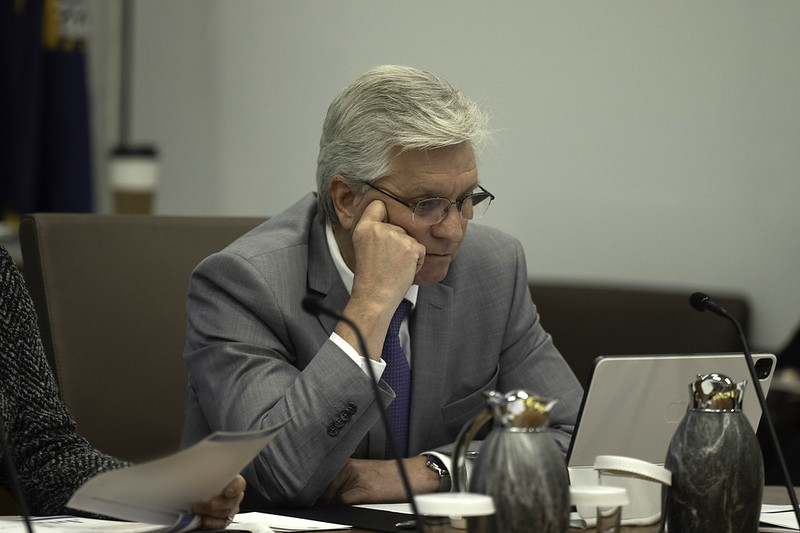WASHINGTON — Federal Reserve Governor Christopher Waller credited the Shadow Open Market Committee for “[elevating] the public debate about monetary policy” and added to the consideration of monetary policy rules, in a keynote address at the group’s 50th anniversary celebration on Monday.
“For me, the central question is how much and how fast to reduce the target for the federal funds rate,” Waller said during his speech. “To help answer questions like this, I often look at various monetary policy rules to assess the appropriate setting of policy.”
The Federal Reserve is an autonomous agency that maintains a strict independence from other government entities and outside influences. Still, Fed Governor Waller spoke to many of the group’s most consistent critics, members of the SOMC.
In 1973, prominent economic scholars formed the SOMC, an independent, self-appointed watchdog over the Fed’s decisions. Since then, the SOMC has been an active voice in monetary policy debates through policy papers and regular meetings. The group currently consists of academics and past Fed policymakers.
At a retrospective event hosted by Stanford University’s Hoover Institution, the SOMC reflected on its 50 years of influence and highlighted key policy objectives. Discussion frequently returned to rules-based monetary policy, one of the SOMC’s core beliefs, as listed on their website.
Rules-based monetary policy binds central banks to a formulaic approach when determining target interest rates, ensuring predictability. The SOMC has consistently favored rules-based policymaking to central bank discretion.
Opening the conference, Stanford economist John Taylor detailed the implications of a rules-based approach to monetary policy. He highlighted how the federal funds rate approached 20% in the early 1980s.
“Let’s not go back to that, whatever we do,” Taylor said. “But since then, and to some extent, it’s because the Fed has followed a more rules based system… it’s gotten lower.”
About 30 years ago, Taylor invented one of the most common monetary policy rules, the Taylor Rule. Under the Taylor Rule, the target federal funds rate should be calculated using indicators such as the inflation rate and real GDP gap.
The SOMC does not endorse any particular policy rule on their website, instead urging only that central banks share their rules “so that it can be monitored and held accountable.”
Later in the conference, former Federal Reserve vice chair Donald Kohn argued that the Fed ignored policy rules by over-emphasizing employment following the COVID-19 pandemic.
Policy rules prescribed rate hikes in advance of the Fed’s initial raise in March 2022, according to a 2024 working paper by Balint Tatar and Volker Wieland.
“I do think, arguably, Fed policy in 2021 and 2022 didn’t adhere to these systematic things,” Kohn said. “It wasn’t necessarily focused on restoring price stability.”
Waller said that, with the introduction of the Taylor Rule in 1993, there was “immediate interest” within the Fed staff. He added that before each FOMC meeting, policymakers are provided with several analyses based on various monetary rules.
“Rules have become part of the furniture in modern policymaking,” Waller said.
Still, he added, rules have limitations.
Policymakers have access to vast amounts of data, only some of which is considered under each policy rule. Rules also fail to manage risk, a key factor in policy decisions, Waller said.
“While policy rules serve as a good check on discretionary policy, there are times when discretion is needed,” Waller said. “As a result, I prefer to think of them as ‘policy rules of thumb.’”


